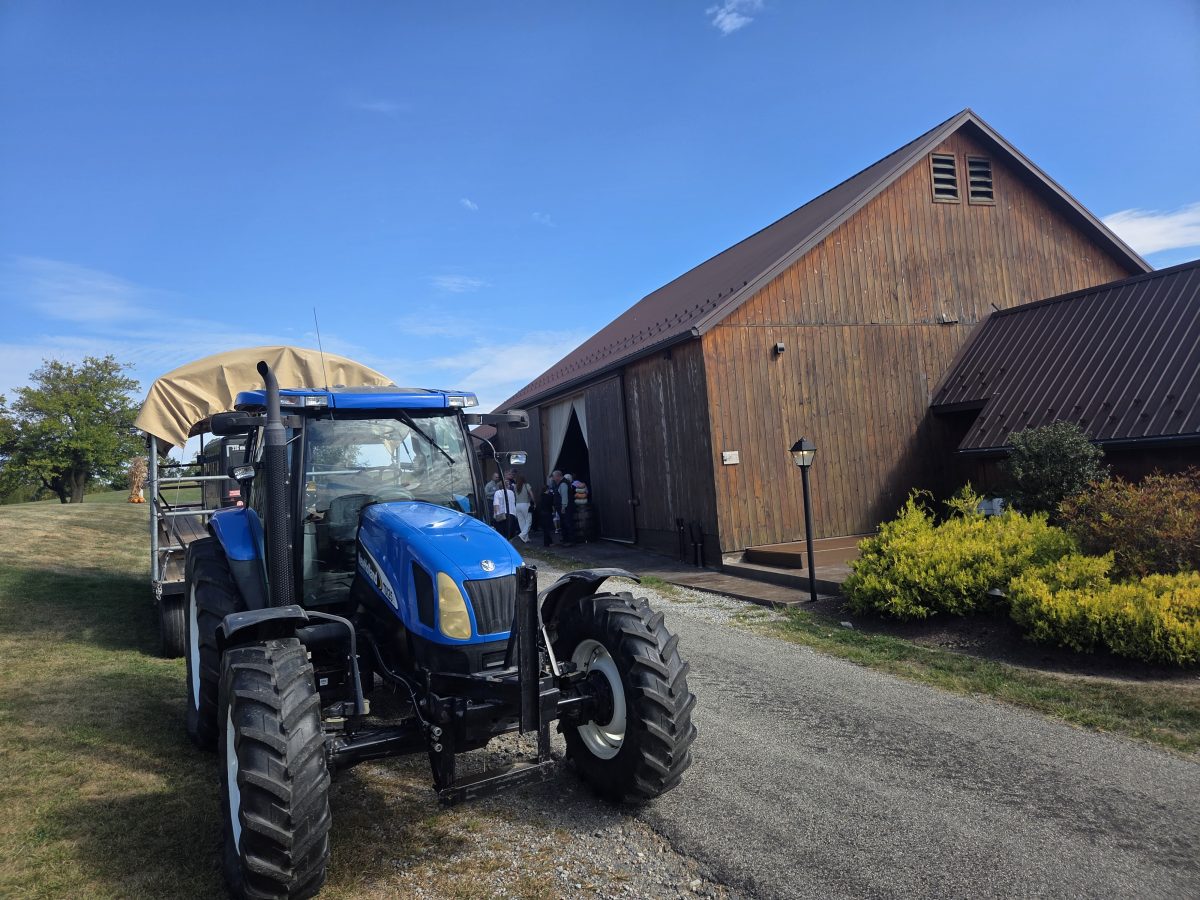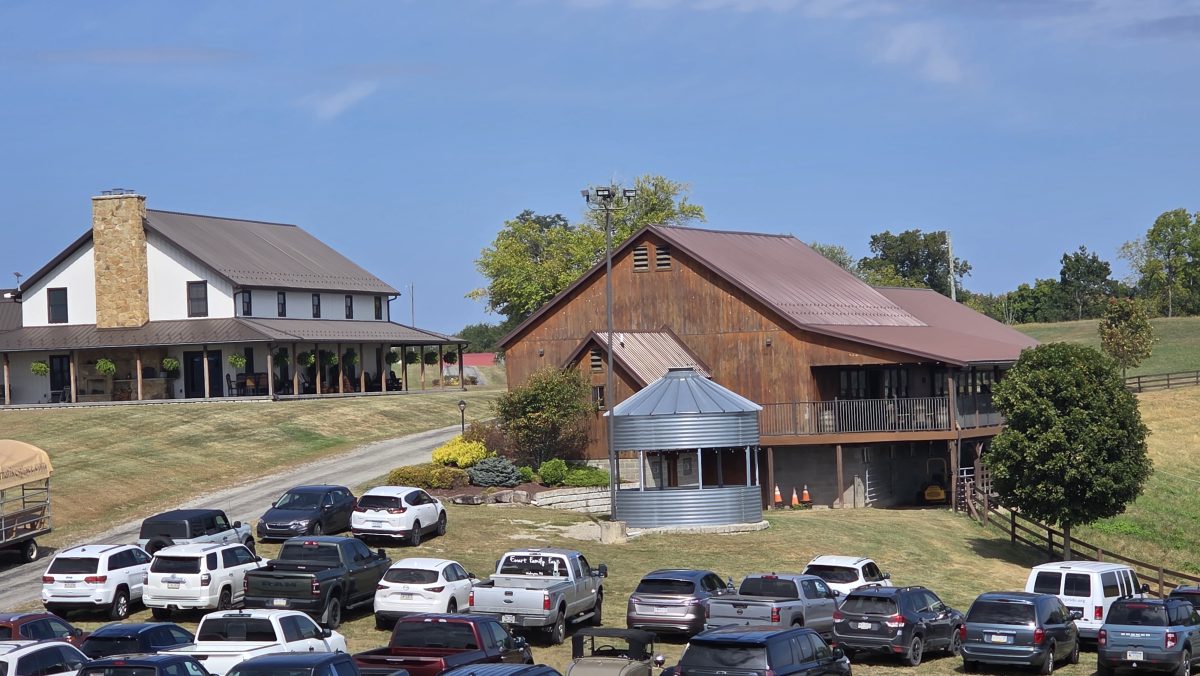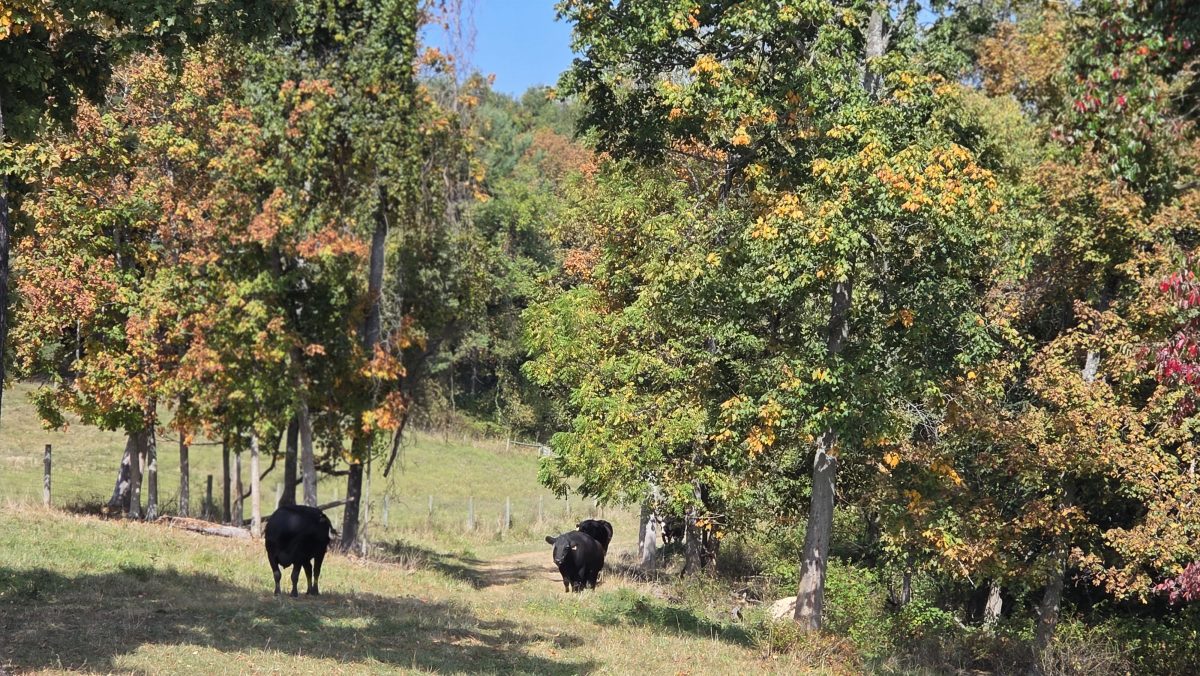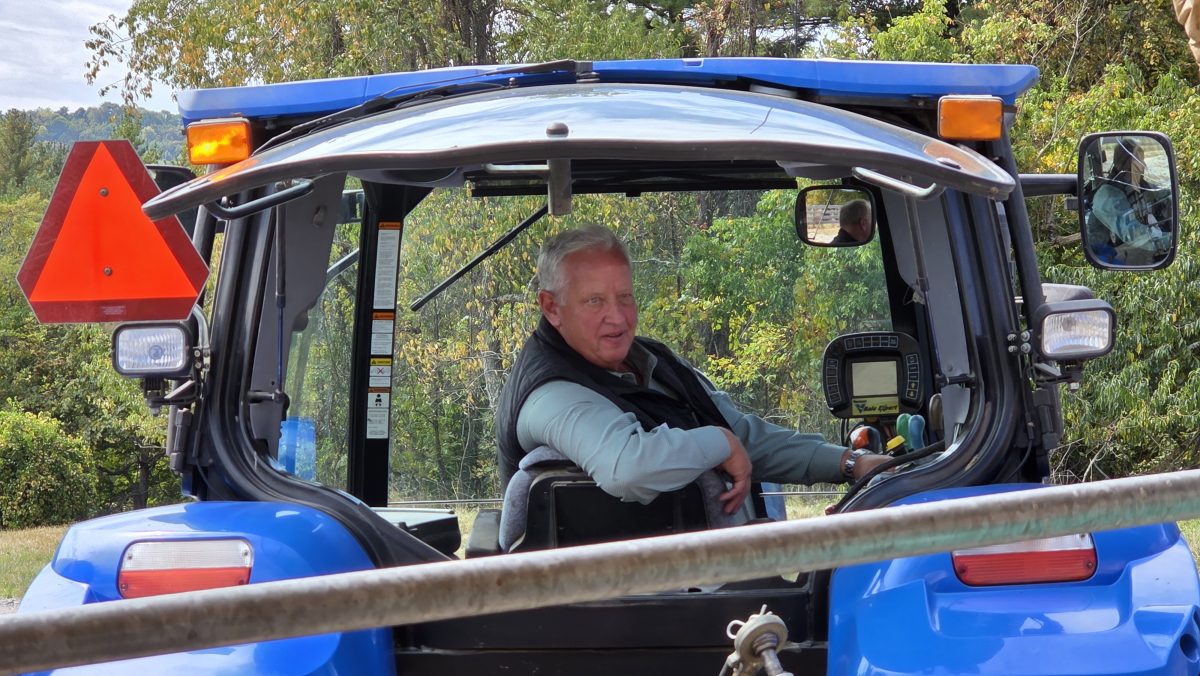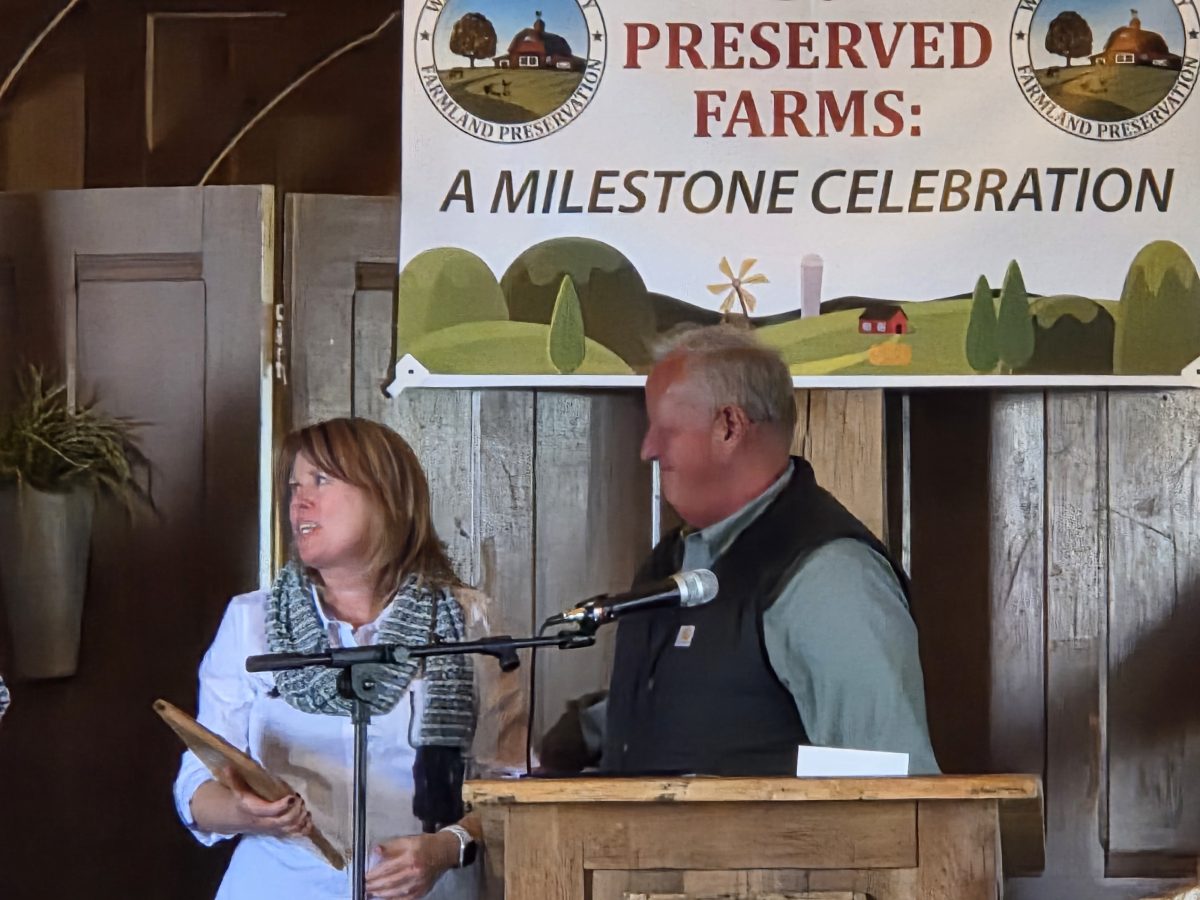Washington Co. celebrates 50th farm preserved through conservation program
Bill Iams remembers a time when he could drive north on Route 19 from the edge of Washington to the crossroads of Peters Township and only see farmland.
Over the past few decades, many farmers sold their properties, leading to the development of strip malls and housing plans along the way. And now, some farmers are being tempted by big money from energy companies offering to build solar farms on their properties.
“We’ve seen a lot of change in our time,” Iams said. “Once a farm is lost, it’s lost forever.”
But Washington County recently celebrated a milestone in which the 50th farm in the county was included in the state’s farmland preservation program that gives farmers a one-time payment in exchange for a promise that the property will never be commercially developed, no matter who owns the deed. The initiative was approved with a 2-to-1 margin by Pennsylvania voters during a ballot referendum in 1986, and Washington County instituted its own version of the program in the mid-1990s.
Since that time, 52 farms in Washington County have been accepted into the program, preserving nearly 8,000 acres of land that will always remain agricultural and will never be commercially developed.
“Each one represents a story, a family’s history and a way to keep agriculture alive in Washington County,” said Caroline Sinchar, who is the administrator of the county’s farmland preservation program.
Washington County is now one of 58 counties in the state that have at least 50 farms preserved through the program, which was marked with a celebration Wednesday at the 425-acre farm Iams owns with his wife, Judy, in Amwell Township where they raise cattle. The Iams agreed to have their farm preserved in 2015, making it the 30th to do so in the county. They were joined by other farmers who participated in the program and welcomed state Department of Agriculture Secretary Russell Redding to the celebration inside The Barn at Ike’s Place event venue on their property a couple miles west of Marianna.
“It’s about the long-term vision of our community,” Redding said. “Thanks for being persistent.”
Redding owns a farm in Adams County near Gettysburg and said his in-laws participated in the preservation program. The program has a set of parameters farms must meet in order to receive the one-time per-acre payment to the owner in exchange for the county having an easement to the property guaranteeing it will never be developed. The farmer can continue to produce on the land and hand the property down to the next generation or sell it, so long as it continues to be an open space or working farm. The state has certain rules for farms to qualify while each county can set its own requirements depending on what works best for that region.
“It’s about people who make the decision to put a restriction on their assets forever,” Redding said of the unselfishness of those participating in the preservation program. “This is a forever decision.”
He said the state has spent $1.76 billion on the program over the last four decades, keeping 650,000 acres free of development – which is about 11% of all farm acreage in Pennsylvania – making it a worthwhile investment to keep farmland viable. Most of the money comes from the state, but each county provides a portion and has its own board to review and select applications.
“It’s been a long journey,” Redding said.
And it wasn’t an easy one, especially in Washington County since it got somewhat of a late start compared to other counties of the state. In comparison, Lancaster County has the most preserved farmland with more than 100,000 acres.
Craig Sweger, who was chairman of the county’s farmland preservation board when it started in 1995, wondered back then if they would be able to get one farm to sign on, let alone 50. Now, Hopewell Township where his farm is located has the most participants with 14 properties totaling nearly 2,200 acres.
“Fifty farms seemed out of reach,” Sweger said.
The 50th farm is located in North Strabane and was approved last year. County Commission Chairman Nick Sherman said it’s a worthy program that they hope will continue to spread to other farms and push back on the influx of solar-powered facilities, data centers or other unsightly developments that are intruding on the county’s rural areas.
“It’s programs like this that keep that from happening,” Sherman said. “We have an opportunity to keep this in perpetuity, to keep Washington County great, to keep Washington County green.”


